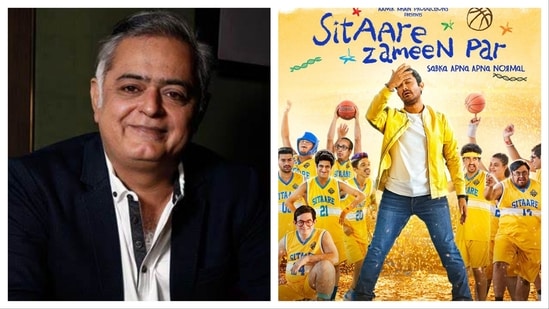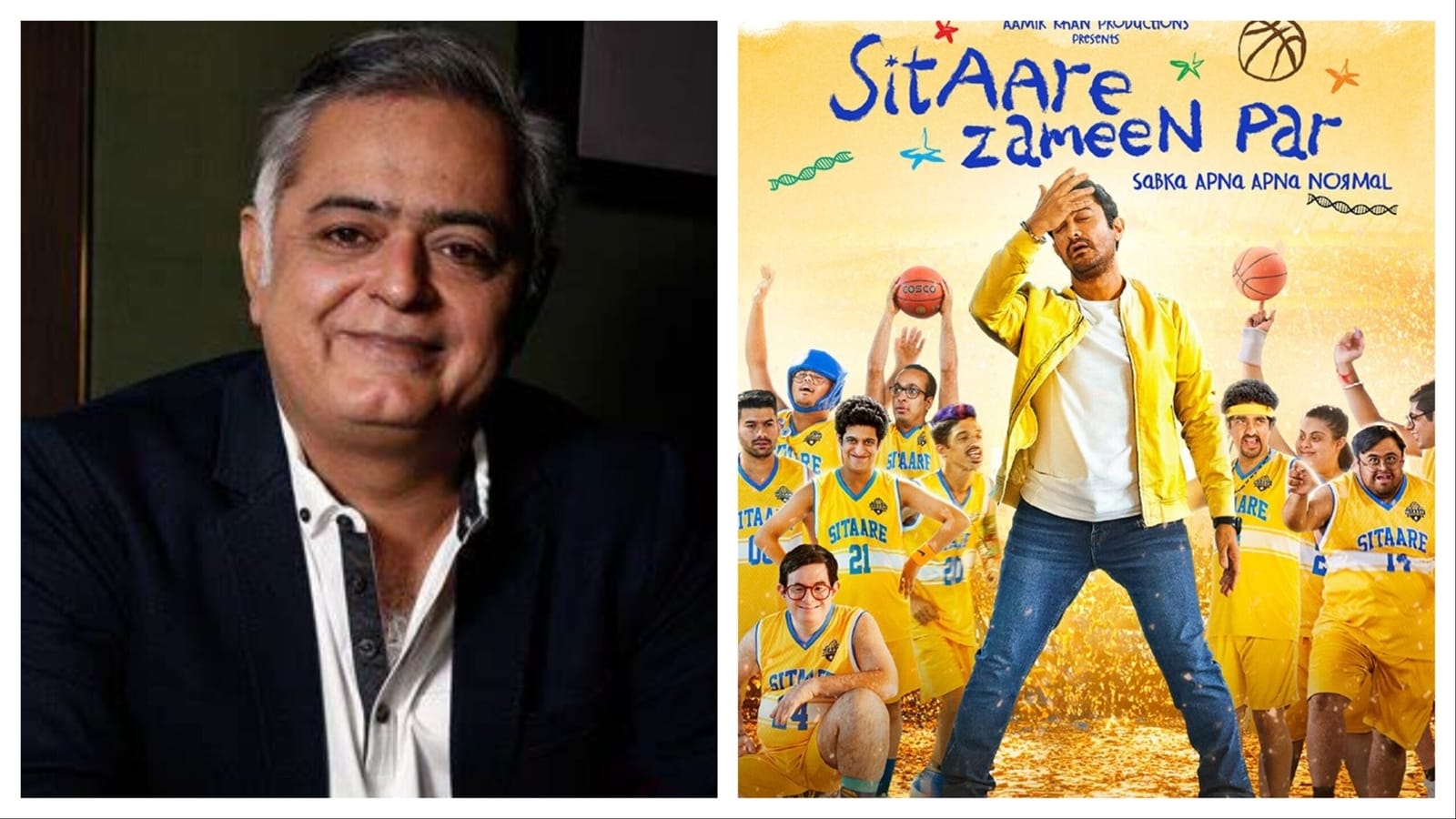Aamir Khan made a surprising decision by announcing that he has opted to release his latest film Sitaare Zameen Par on YouTube. The spiritual sequel to the 2007 hit Taare Zameen Par is skipping OTT release, which is a route now all movies take. Sitaare Zameen Par will be released on YouTube on 1 August, six weeks after its theatrical release, and will be available to watch for ₹100.
 Hansal Mehta has come out in support of Aamir Khan. What Hansal said about Sitaare Zameen Par
Hansal Mehta has come out in support of Aamir Khan. What Hansal said about Sitaare Zameen Par
Filmmaker Hansal Mehta has now tweeted in support of Aamir’s decision to release the film on YouTube, sharing that this move should be celebrated rather than criticised.
His note began, “Aamir Khan releasing Sitaare Zameen Par on YouTube as a pay‑per‑view title after its theatrical run is not a threat to anyone. It’s a smart, forward‑looking move that deserves applause, not knee‑jerk criticism.”
‘This isn’t a war against theatres or streamers’
He continued, “Our ecosystem is skewed toward instant gratification and a handful of giant spectacles. Theatrical windows are treated like rigid commandments, while OTT has become the only post‑theatrical refuge. So many thoughtful films vanish or languish. That’s neither sustainable nor fair to the diversity of work we produce. If this model works, it will embolden more producers to back films that don’t follow the herd mentality currently dominating the sector.”
He went on to add, “What this move actually does:
1. Reclaims control for creators.
When and how a film meets its audience should be a maker’s choice not a gate‑kept decree.
2. Adds a durable revenue stream.
OTT can’t be the only post‑theatrical option. Flexible windows + PPV create longer, healthier film lives.
3. Democratises access.
Reasonable pricing, easy payments, and YouTube’s universal reach can take cinema beyond multiplexes and curated SVOD shelves.
The long‑run upside: a healthier flywheel. If pay‑per‑view finds its footing at sensible price points, it creates a reliable mid‑tail revenue layer between theatres and subscription deals.
That extra layer does three things over time:
1. Recycles money back into risk.
More cashflows after theatrical means producers can fund documentaries, first‑features, regional stories, and formally daring work—not just “safe bets.”
2. Builds habit and audience data.
Direct PPV performance gives makers clearer signals about price sensitivity, genres, and regions. Better signals = better greenlighting.
3. Expands the market, not just the share.
When films are accessible on familiar rails (YouTube, UPI, simple UI), total paying audiences grow. A bigger pie allows more kinds of films to be made and sustained.
This isn’t a war against theatres or streamers. It’s distribution reform. Theatrical windows should flex, not break; OTT should be an avenue, not the dependency. With reasonable pricing, ease of payment, and a clean UI, true democratisation stops being a pipe‑dream and becomes policy by practice.
Celebrate experiments like this. They could be the bridge that lets more films breathe, travel, and be discovered on their own timelines, on audiences’ own terms.”
Aamir also added that he plans to release every film he has made under the Aamir Khan Productions banner on YouTube, including the films Lagaan (2001), Taare Zameen Par (2007), and Peepli Live (2010).

